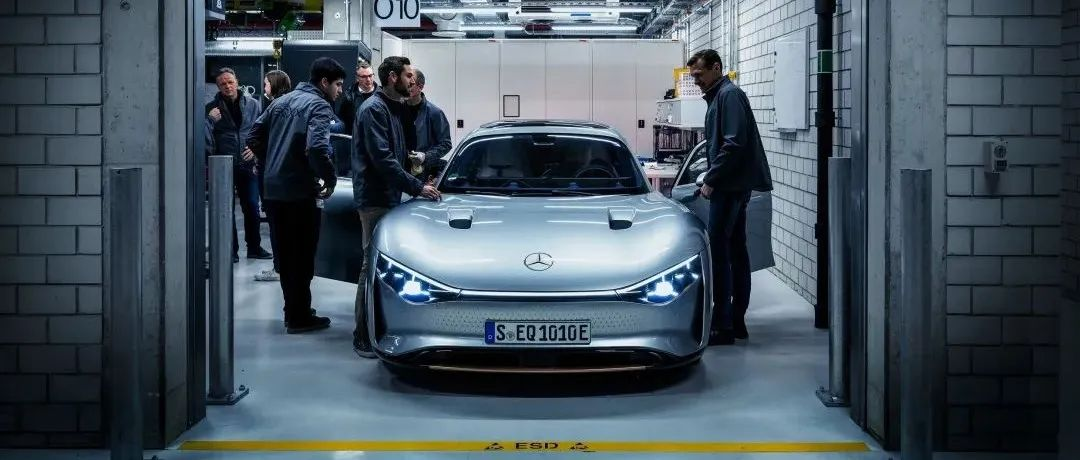Author: Chang Yan
A range of 1000 kilometers is a treasure of chaos in ancient myths and the Deathly Hallows in Harry Potter.
It is what people yearn for and admire day and night.
Previously, it only appeared in battery companies’ PPT, industry associations’ visions and posters of cars that were impossible to buy.
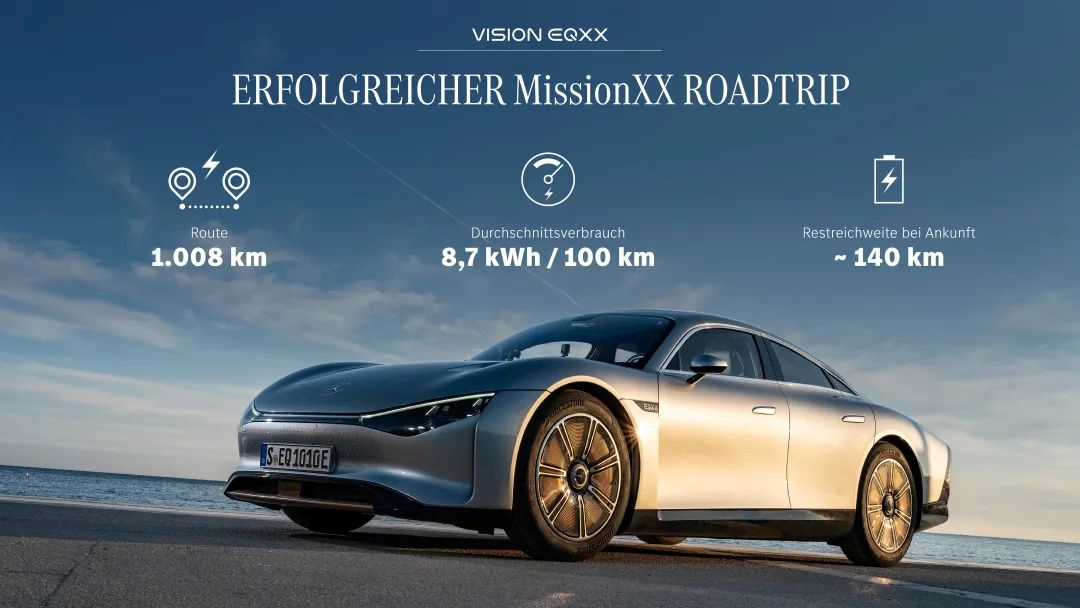
Recently, it appeared in the test results of the Mercedes-Benz Vision EQXX on the road.
How to interpret the test results?
The test conducted by Mercedes-Benz is different from the range test done by other car companies according to the standards.
Looking forward, this test shows chivalry. In fact, every major technological change in the history of cars, from the invention of the car to the emergence of car sports, and even up to autonomous driving, has the figure of long-distance road testing with great freedom and randomness. However, since electric vehicles began running for range, each manufacturer started to behave badly by conducting closed circle tests.
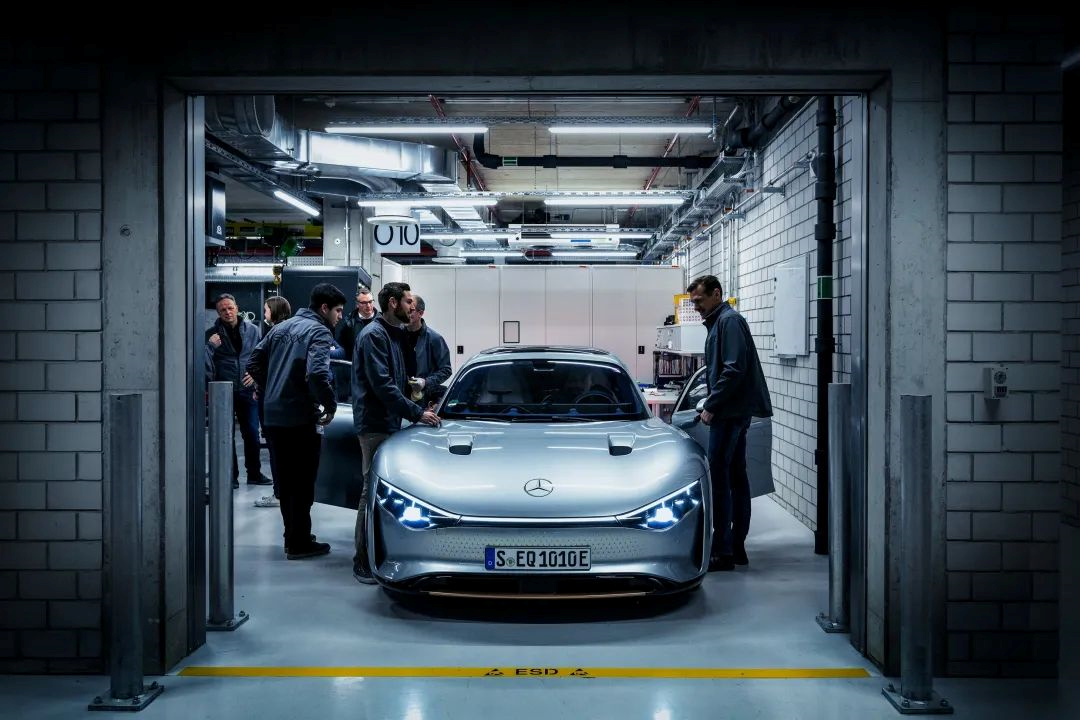
The EQXX chose real-world testing this time, which means it will face the test of very real road conditions, terrain, climate and traffic flow, undoubtedly a decision for “car inventors” to go back to their ancestors.
Looking ahead, this test also shows geek spirit. For the vast majority of concept cars, even their power parameters are only fictitious “supposed” numbers. However, Mercedes-Benz not only developed a power system for Vision EQXX, but also conducted actual road tests and indeed achieved the expected results, which is extremely rare.
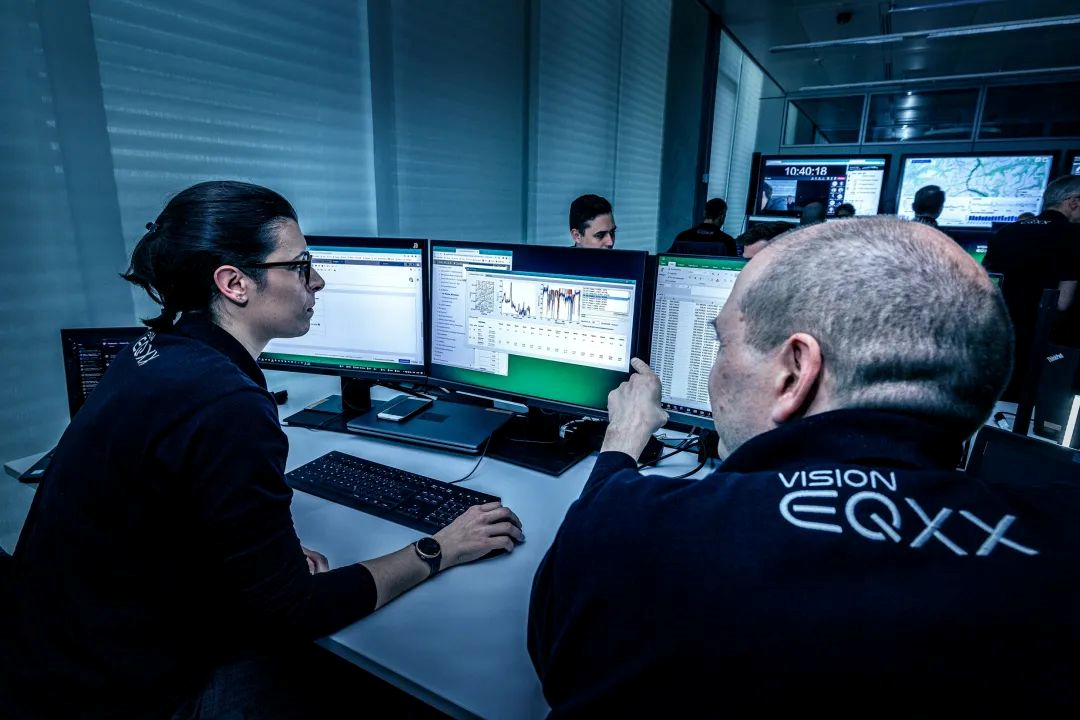
What’s even more frightening is that it only took 18 months from the specification to the completion of development for this car, and this test result is also reflecting Mercedes-Benz’s overall technological transformation and organizational mobilization capabilities.
No more gibberish, let’s look at the report card.
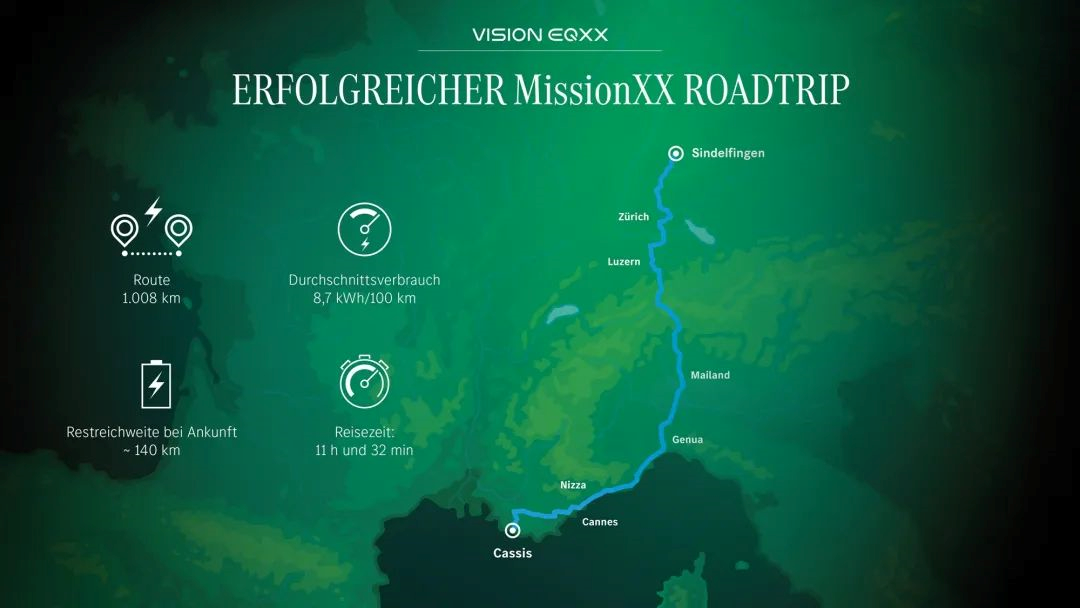
This was a journey through 4 countries, starting from Sindelfingen, Germany, crossing the Swiss Alps and northern Italy, and eventually arriving at the small town of Cassis, France.
After a total of 1008 km, the EQXX still had 15% of the remaining battery level (SoC), and according to the system calculation, the remaining power could still support a journey of 140 km.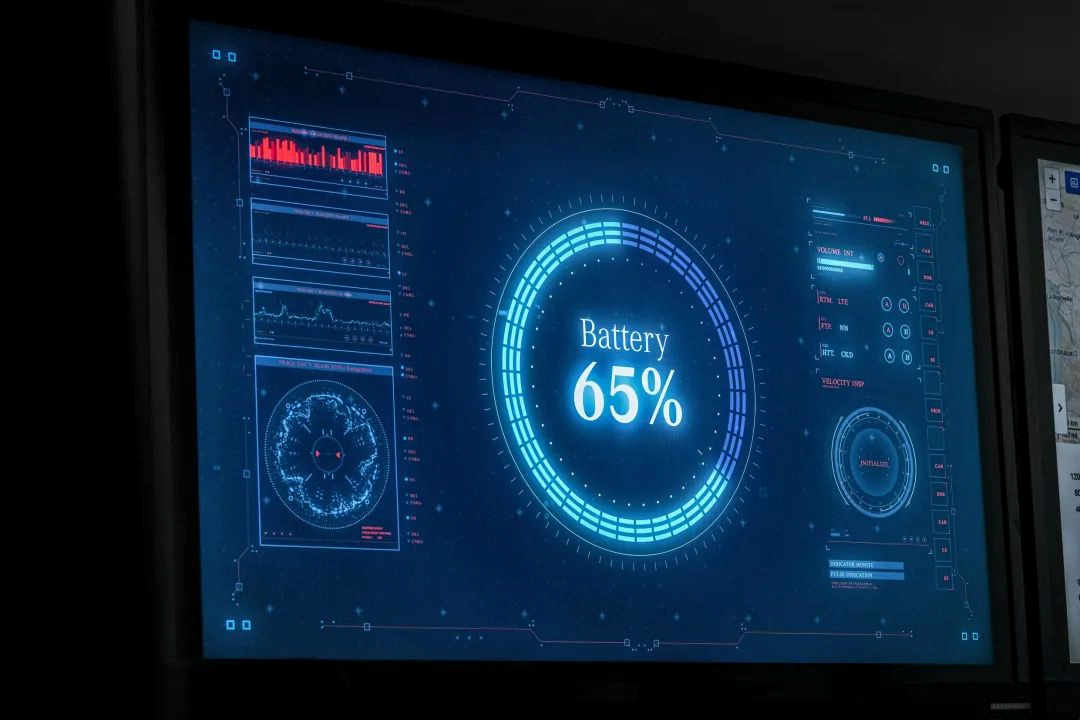
After a simple calculation, it’s easy to find out that for the EQXX equipped with a 100kWh battery pack, the power consumption is only 8.7kWh/100km for the entire journey. This is not only lower than Mercedes-Benz’s initially specified and seemingly exaggerated 10kWh/100km but also only consumes half to one-third of the power required by its competitors, whose energy consumption for luxury EVs is typically around 20-25kWh/100km.
In the real world, achieving this result is especially challenging.
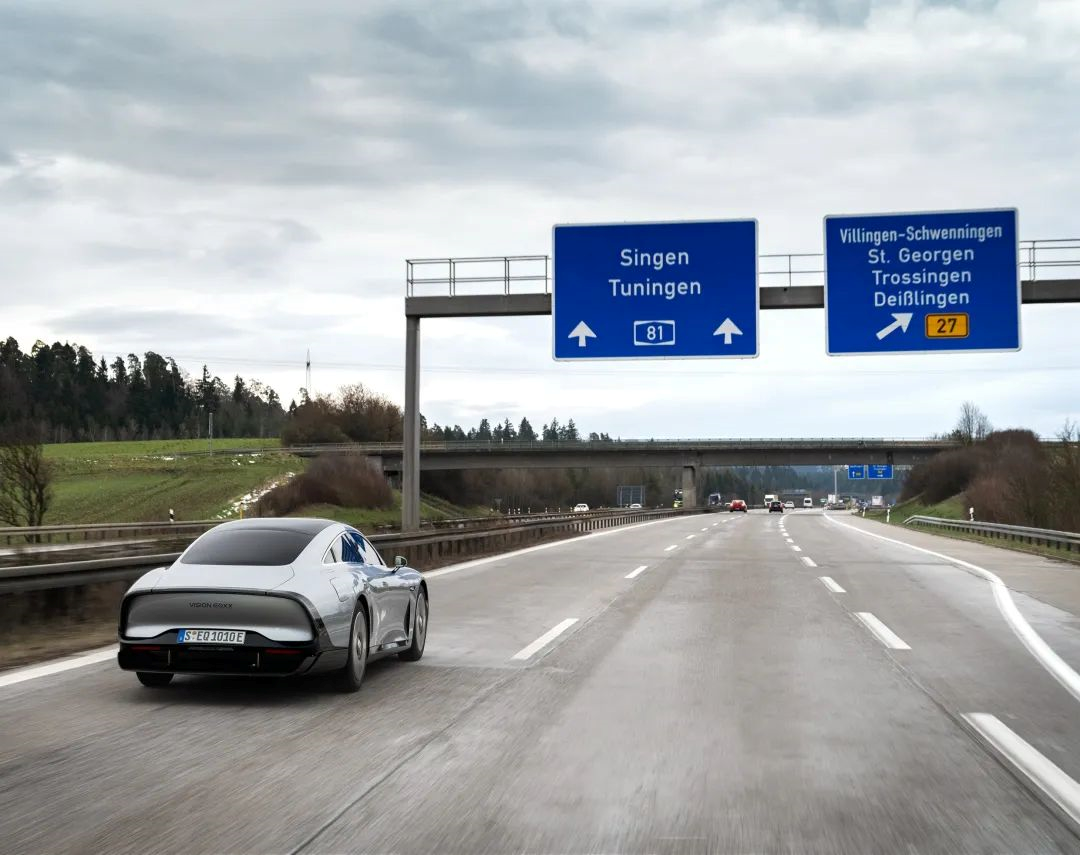
Firstly, during this test, the most unfavorable road conditions for electric vehicles were encountered, with an average speed of 87km/h throughout the journey, and even cruising at high speeds of up to 140km/h for a long time on German highways, and reaching close to the speed limit in other places. The vehicle also made high-altitude climbs in the Alps, which is also a significant challenge for electric vehicle’s range.
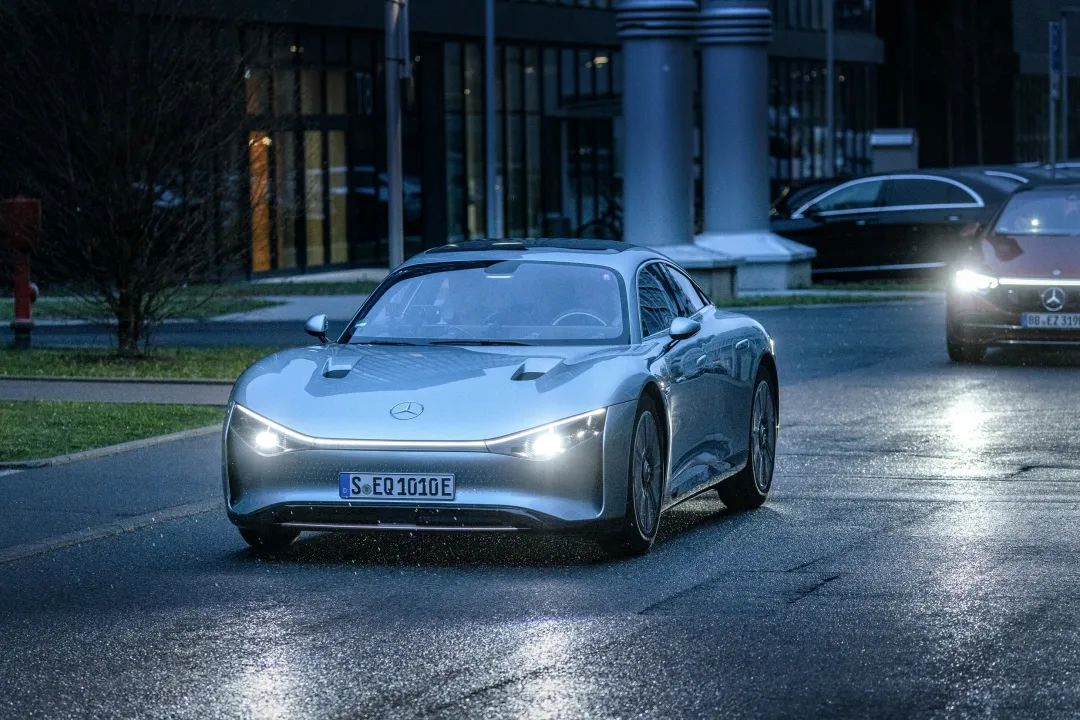
Secondly, the climate conditions during this test were complex, with a lowest temperature of 3 degrees Celsius, which is not the most favorable temperature range for batteries. Additionally, it rained continuously during the early part of the journey, which also increased the difficulty of the vehicle’s endurance test.
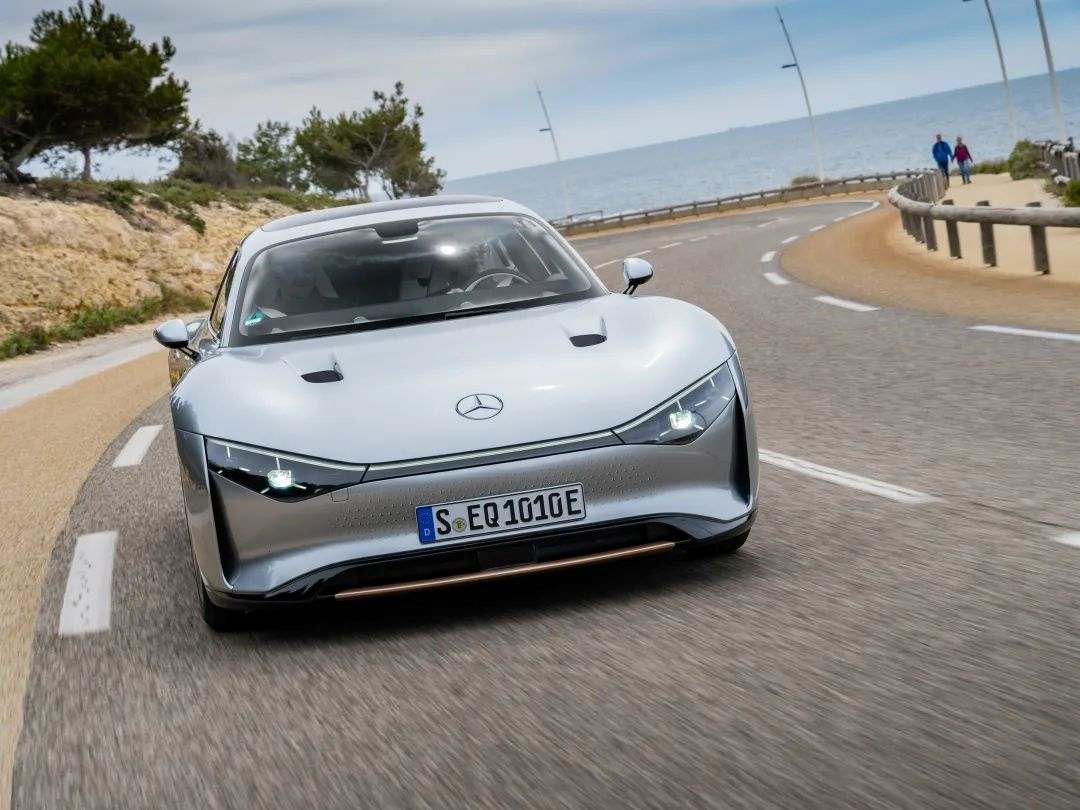
Lastly, because Mercedes-Benz recorded the entire promotional video, we can see that the testing environment was not excessively optimized to achieve extreme results. We could see that the vehicle was equipped with filming and testing equipment, and the co-driver’s seat carried a second passenger, which could better simulate a real driving environment.
Of course, many netizens have raised questions about altitude differences and suspected the test was only a “downhill” test. Regarding this matter, I have two points to emphasize.
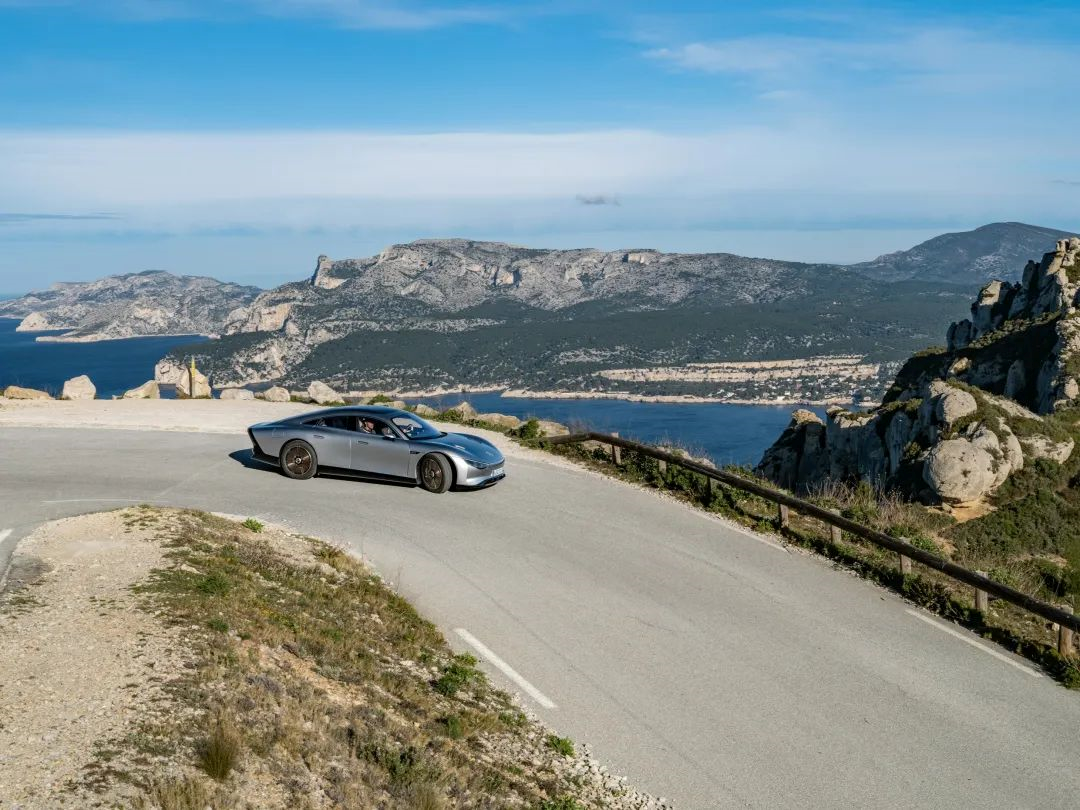 One, if we look at the altitude of each city, the altitude of the starting point Sindefingen is 440 meters and the altitude of the endpoint Cassis is 9 meters, providing a total drop of 430 meters over a distance of 1008 km. Adding to this are many uphill and downhill segments that further impact the vehicle’s range, but it is not an absolute value.
One, if we look at the altitude of each city, the altitude of the starting point Sindefingen is 440 meters and the altitude of the endpoint Cassis is 9 meters, providing a total drop of 430 meters over a distance of 1008 km. Adding to this are many uphill and downhill segments that further impact the vehicle’s range, but it is not an absolute value.
Two, as we have seen from the testing process, Mercedes-Benz’s main goal is not to achieve an unattainable absolute record; there is still much “work” to be done. However, in terms of showcasing the vehicle’s real-world capabilities and Mercedes-Benz’s closed-loop technology, this result is already sufficient.
Therefore, let us focus more on the product technology itself, which may be more in line with common sense.
How it was achieved
Common sense tells us that if a technology suddenly claims to improve industry standards by two or three times, it should be viewed skeptically. Indeed, the EQXX’s success is not just based on a single technological breakthrough.
Firstly, it has two low points: low air resistance and low rolling resistance.
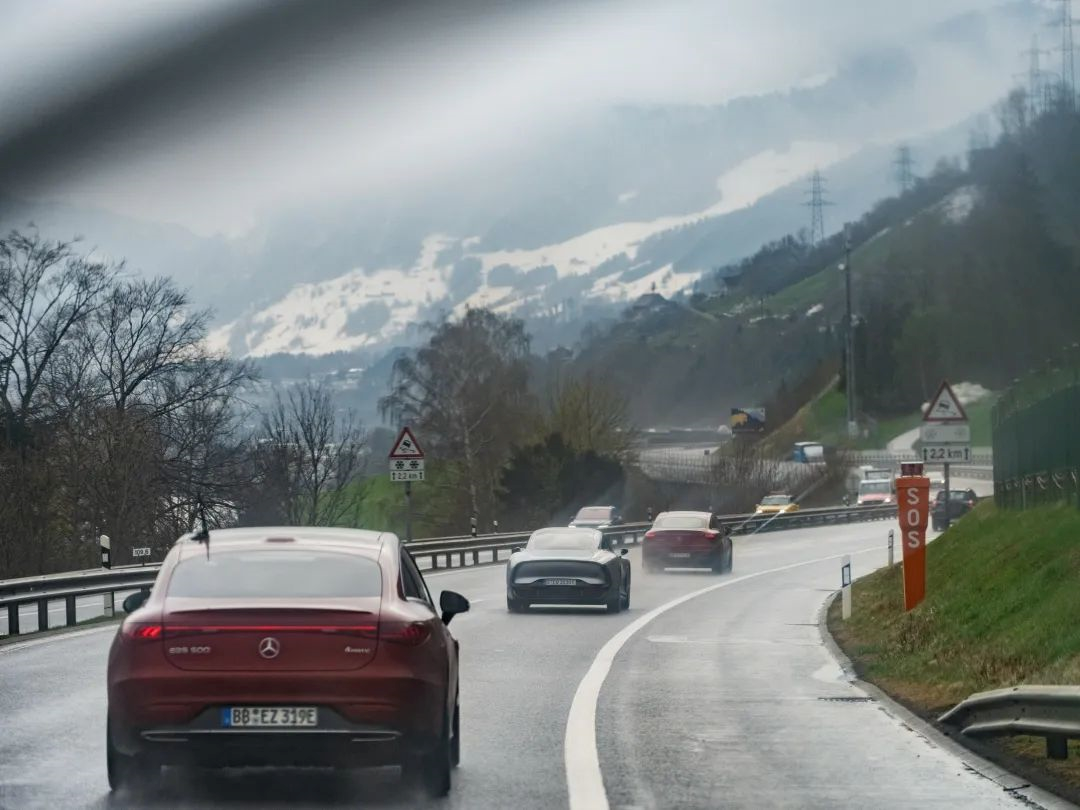
In the EQXX test fleet, the EQS model runs ahead of and behind the vehicle, and although the latter already holds the record for the best aerodynamic coefficient among global mass-produced cars, you can still quickly notice the design efforts of the EQXX. The EQXX has an aerodynamic coefficient of only 0.17, meaning that it hardly causes any trouble with wind resistance. Moreover, the vehicle is actually a narrower ‘upper body architecture’ compared to other similarly-sized car models. This means the EQXX only has a collision wind surface area of 2.12 square meters. The rear diffuser optimizes the airflow when the vehicle speed exceeds 60km/h and enables the rear to leave a scientific trail.
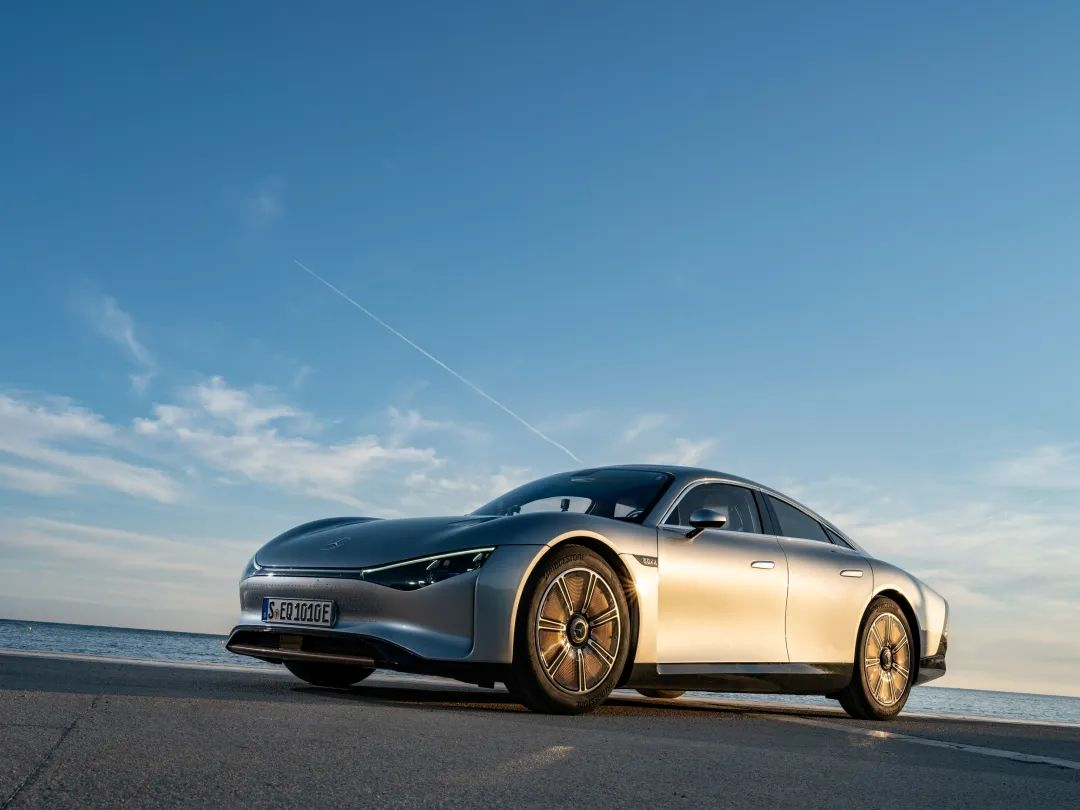
What is rarely talked about are the ultra-low resistance tires specifically developed by EQXX in cooperation with Continental. The rolling resistance of these tires is only 4.7, which is a remarkable standard. To provide some context, the highest-rated European tire label grade – A – has a data of 6.5. Meanwhile, EQS tires have a rolling resistance of only 5.9, which saves more electricity during long runs. As shown in the photo taken from under the EQXX, the EQXX tires are large in diameter and have a narrow tread surface, which reduces weight, minimizes tire deformation, and optimizes performance.
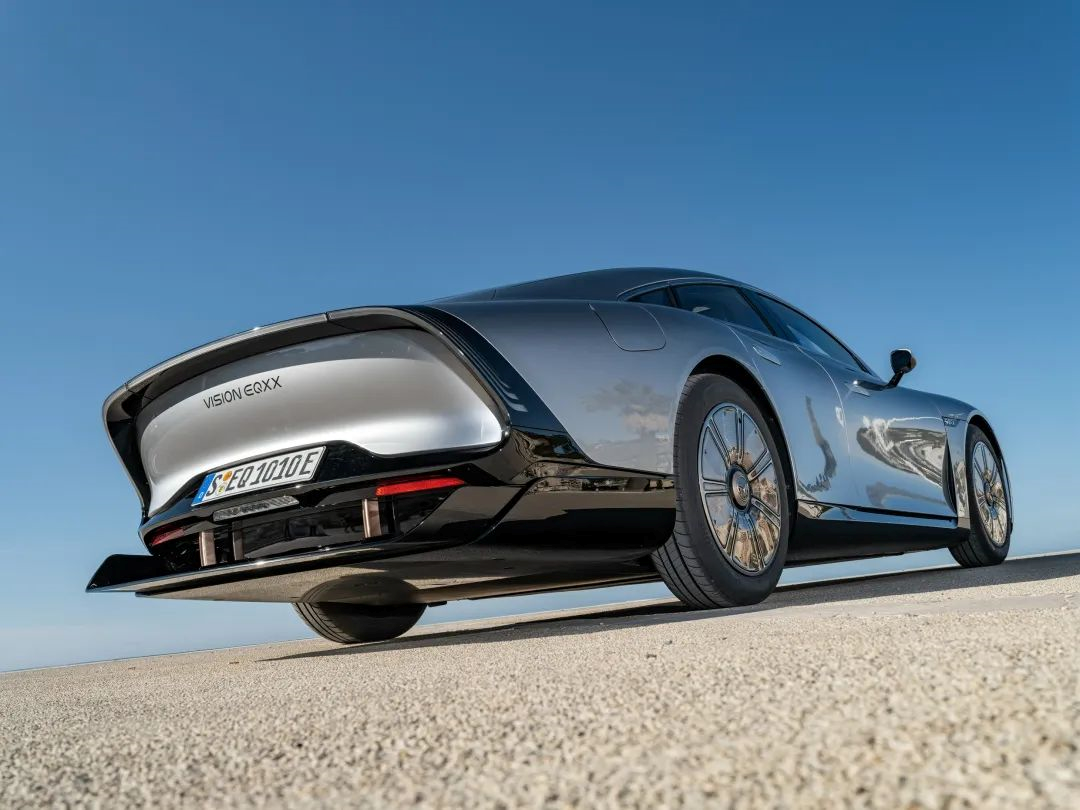 Lightweight is the key.
Lightweight is the key.
From long-distance running to cycling, almost all endurance sports have taught us that the lower the load, the better.
EQXX is also an expert in lightweight design, especially in climbing sections where every gram of weight added to the car body can cause energy consumption to soar.
From using innovative materials on the car body to using biomimetic structures with new techniques, EQXX simplifies every link that may cause weight increase as much as possible. The battery pack uses carbon fiber composite materials, while the rear window and other parts also use aluminum materials produced by a one-time cast.
These methods have reduced the weight of the EQXX to only 1755kg, which is nearly the weight of a compact petrol car. The battery pack has an even more astonishing lightweight rate: its size is only 200 x 126 x 11 cm, and its weight is only 495kg, meaning its volume is reduced by 50%, and its weight is reduced by 30%.
Then there are two additional “energy recovery systems”.
During the downhill process of the vehicle, EQXX can use almost all altitude changes and deceleration sections to achieve kinetic energy recovery, which makes the car almost unnecessary to use any mechanical brakes. Even this feature will have a secondary dividend. Because of the small brake pressure, EQXX can use the lighter aluminum brake disc.
117 solar panels on the roof of the car can provide power to the 12V low-voltage battery. Although it does not directly support the entire journey, it can reduce the load of the main high-voltage battery. During the entire journey, the solar panels are equivalent to supporting an additional 25km of range.
But the most important thing is the vehicle’s power-related software and hardware.
In terms of hardware, EQXX’s power drive unit, consisting of a motor, reducer, and power electronics device, was developed with input from F1 experts. Its structure is compact, weight is low, and efficiency is high, and 95% of the energy from the battery can ultimately act on the wheels.With the help of an energy density of 400 Wh/l and a high operating voltage of over 900 V, Mercedes-Benz engineers reduced the total powertrain system (motor, inverter and gearbox) losses by 44%. For every 1% efficiency improvement, the range can be increased by 2%.
Higher efficiency means that not much energy is converted into useless heat, allowing the EQXX to use a passive air-cooling system for heat dissipation. This also reduces a significant amount of energy consumption, and the heat pump air conditioning is only activated in extremely hot or cold conditions, opening an additional air channel.
However, I also have some doubts that this system may not be able to cope with all road conditions that electric vehicles may encounter in future production vehicles.
It was also proven that the infotainment was always on, as Mercedes-Benz claimed that the software-level efficiency assistant played a significant role in the entire test, providing drivers with tips for the best driving style like a co-pilot. The efficiency assistant provides information on energy flow, battery status, terrain, wind direction, and even sun intensity and submits the information to the driver through various interactive means.
What is the significance of this?
When a traveler finds the mythical Penglai fairyland or a fisherman mistakenly enters a peach blossom forest, it means that…
Something big is about to happen.
Similarly, the success of the EQXX’s test also means that a change in industry thinking has arrived.
The actual range test of 1000km undoubtedly has extremely high practical significance for every electric vehicle user. The critical part that affects everyone’s electric car experience is not the range number, but the overall consumption, including time sacrificed for recharging, hidden behind it.
The value of an extra-long single charge is not that you can go farther, because almost any electric car can reach any civilized city through a convenient power network.
It is: regenerative braking will disturb you less.
This means that you can devote more energy to driving pleasure, spending time with your family, and the meaning of displacement.
Moreover, at a deeper level, this undoubtedly implies that humanity is more environmentally friendly. We need less energy to achieve the same purpose, which is the value of new energy vehicles for the earth.To achieve this transformation, a large number of cutting-edge skills and R&D efforts have been listed earlier. It can be seen that this is not easy.
This means innovation in software and hardware, coordination of organization, integration of a large number of businesses seemingly unrelated to electric vehicles, and preparation for large-scale cost reduction and mass production, including production skills and factory construction.
Establishing this achievement is not easy, and it means that it is difficult to overcome this barrier.
When Mercedes-Benz has already found a clear motive direction in electrification, not to mention imitation, adjustment and catch-up of the direction alone already require other enterprises to make great efforts.
And this will become an important product label and technical advantage of the Mercedes EQ series in the next few years.
See you after 1000km next time.

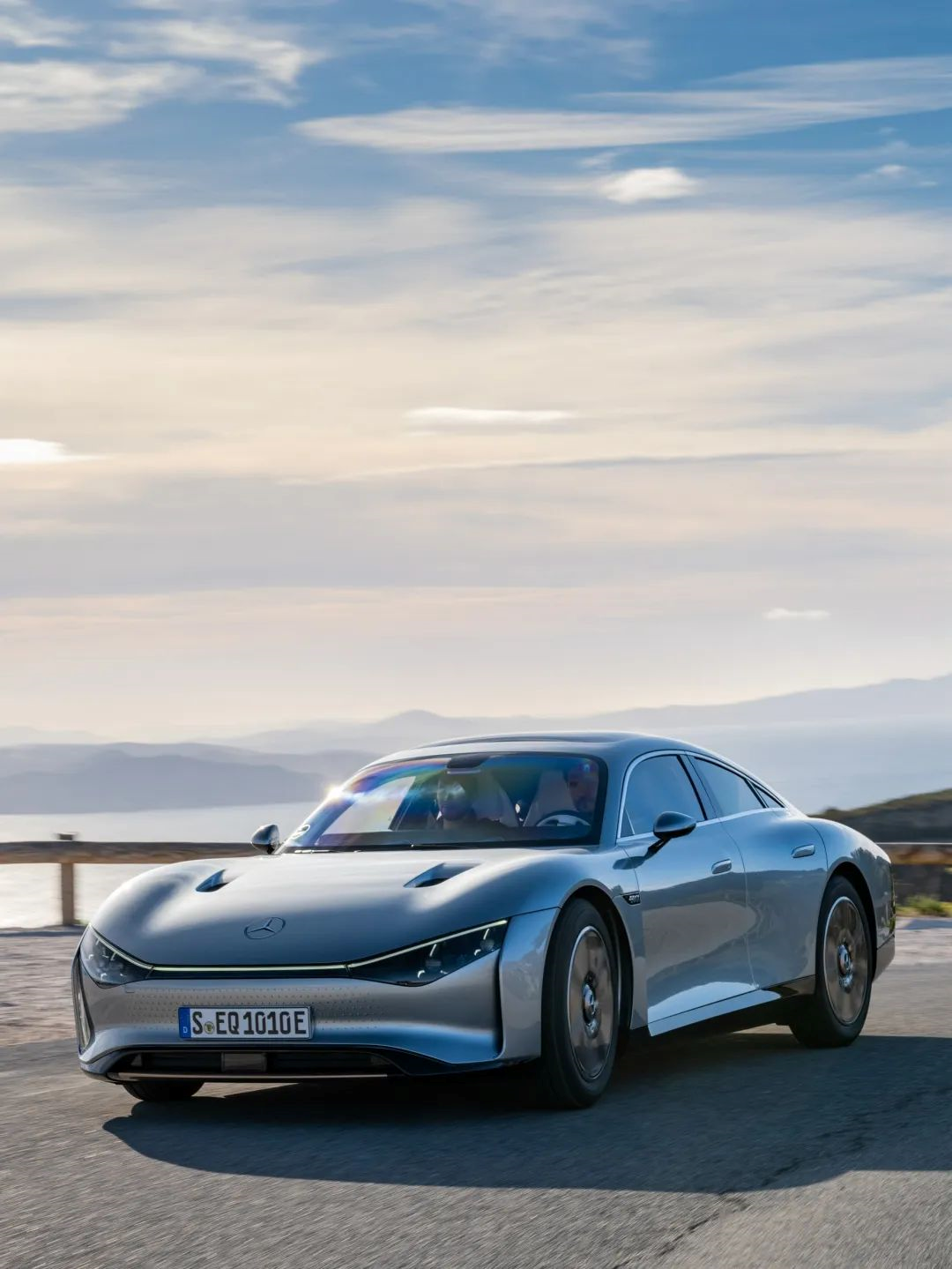
This article is a translation by ChatGPT of a Chinese report from 42HOW. If you have any questions about it, please email bd@42how.com.
